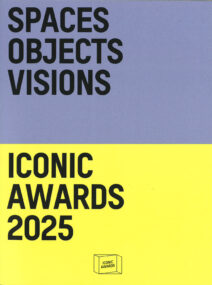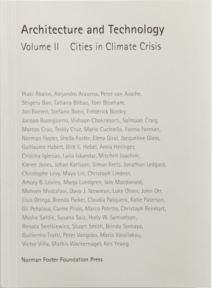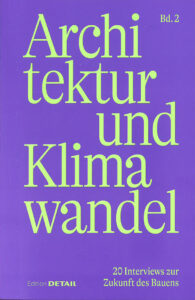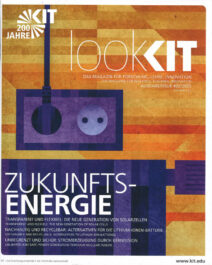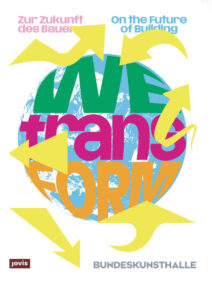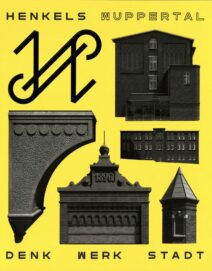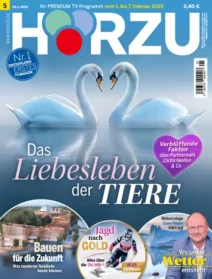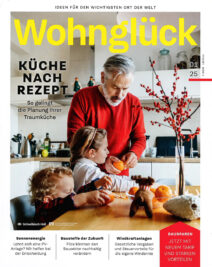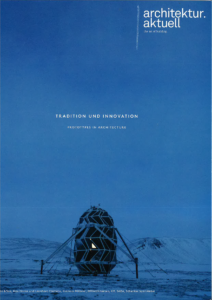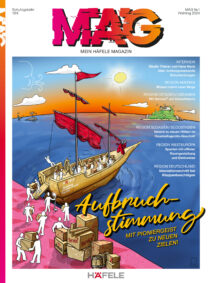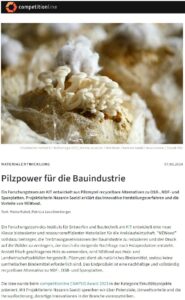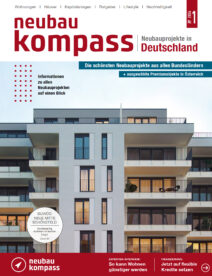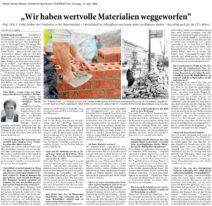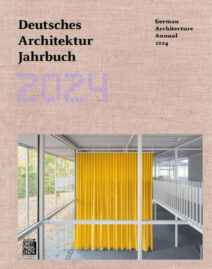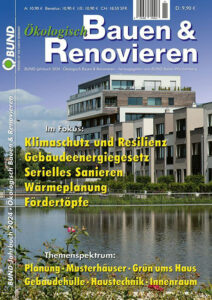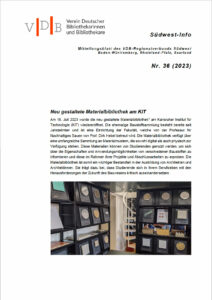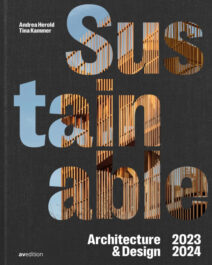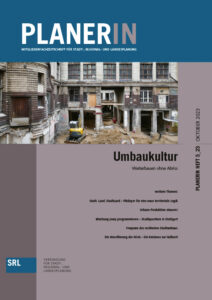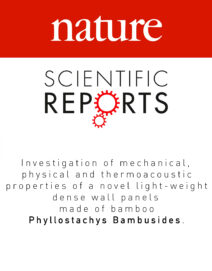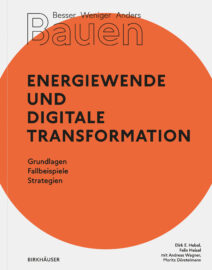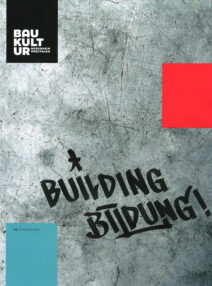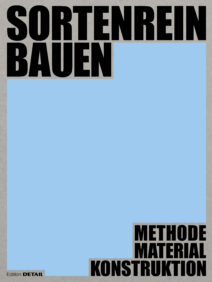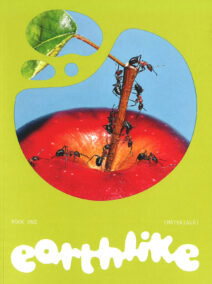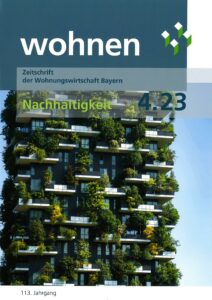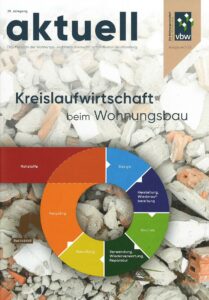Addis 2050 – Energy
Energy Today
Today, in 2012, over 70 million Ethiopians live without electricity. This is more than 80% of the population without access to the electricity grid. As a result, 90% of Ethiopian households use firewood for cooking, resulting in the deforestation of almost 1500 km2 every year.
Research by Ludger Hovestadt and Jorge Orozco
Developed by Eva-Maria Friedrich, Matthias Berger and Stefan Mueller-Arisona
Energy 2050 – An Alternative
Tomorrow, in the year 2050, Ethiopia produces more renewable energy than it consumes.
Every home is electrified, every citizen, regardless of his or her location, his or her religion, his or her income or his or her ethnic origin has access to electrical energy. No firewood is needed any more for cooking; forests are growing again in Ethiopia, protecting our soil for agricultural production to feed our people. Water is pumped with solar energy to every household and every square meter of farmland. No toxic exhausts are threatening us anymore, because we live in a zero emission society.
In the year 2014, the Ethiopian government handed over solar panels in the value of 200 USD for every family of Ethiopia including a battery storage system. Like that, every family was able to produce 100 Watt of electrical energy per hour, which, at that time, was enough to supply their homes with light during the evening hours, to run a radio or small refrigerator and to charge their cell phones and other small battery systems. In order to do so, only half of one year’s foreign aid going into Ethiopian was needed.
Solar panels became over the years cheaper and cheaper and the cooperative started to add capacities to their small networks until bigger systems were able to support urban areas with their energy. With their cell phones, the farmers started to sell their energy on locally installed energy stock markets. They decided when and how much of their energy was sold to customers.
Here, the farmers could actually store energy, inside their plants, vegetable and cattle. But also other systems became very attractive. Production of Butane gas for example. With easy machines, water and CO2 out of the air, many farmers became bio-gas producers, filling thousands of Butane bottles per day.
This Butane gas became by now the most used cooking energy in Ethiopia. Women did not have to find firewood all day long, covering thousands of kilometers every year. The gas did not harm their health any longer, because burning it, did not create any black carbon particles, of which so many died every year before.
But also producing hydrogen with the abundant energy produced became a very lucrative business. The cooperative started around 2030 to install hydrogen separators as a tertiary energy source to be sold to the cities. Hydrogen buses, trucks and even airplanes were introduced to Ethiopia step by step, because the fuel was there and it was cheap.
By 2045, electricity export increased by around 70% every two years. Like that, Ethiopia became the first sub-Saharan country to support the DESERTEC network built in the Sahara desert, supporting an international effort to build a global sustainable energy market, where farmers in the rural areas of Ethiopia play and important role.
Ethiopia’s slogan ‘13 month of sunshine’ became well-known in a globalized energy market.




